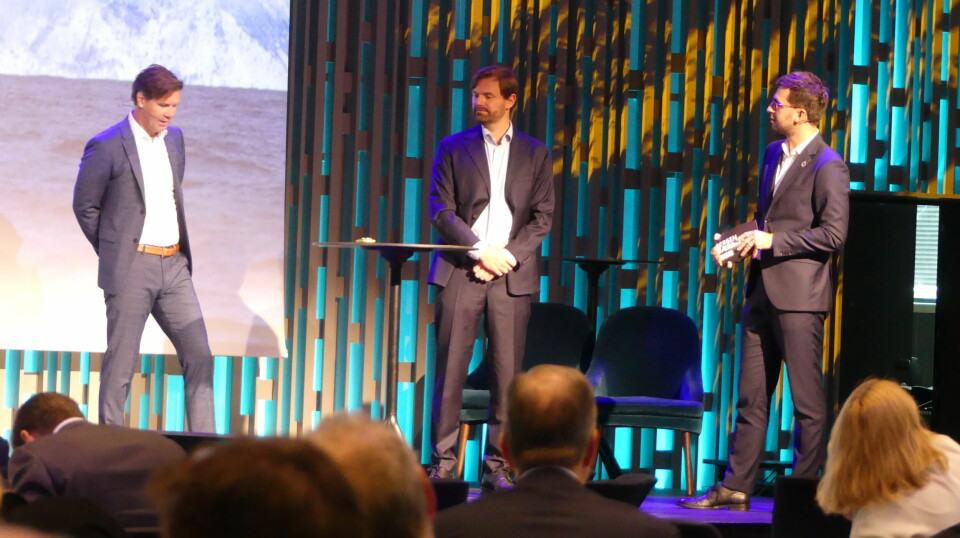
Tax and costs push Lerøy’s net profit downwards
Norwegian salmon and trout farmer Lerøy Seafood Group (LSG) made a much-reduced net profit of NOK 211 million (£15.7m) in 2023, down from NOK 3.165 billion in 2022.
The result for Lerøy, which co-owns Scottish Sea Farms (SSF), came despite record high revenue of NOK 30.869bn (2022: NOK 26.646bn).
“The revenue increase has been helped by inflation and higher prices for the Group’s products, significantly affected by the weaker Norwegian krone, which is also manifesting in higher costs,” the company said in its Q4 2023 report.
Operating EBIT in 2023 was NOK 3.335bn, (NOK 3.471bn) in 2022.
Resource rent tax
Lerøy’s results for 2023 have been significantly impacted by the introduction of the resource rent tax, an extra 25% tax of the value added to farmed salmonids in the sea phase. Estimated tax in 2023 is NOK 2.390bn, a 165% increase compared to the NOK 902m paid in 2022.
The company, which had to harvest some fish early in Q4 due to injuries inflicted by the stings of string jellyfish (Apolemia uvaria), produced 159,600 gutted weight tonnes of salmon and trout in Norway last year, and its half share of SSF’s 2023 harvest was 12,400 gwt.
Lerøy expects to harvest 175,000 gwt in Norway this year, rising to 205,000 gwt in 2025. It also expects SSF’s harvest to increase to 37,000 gwt this year, giving it a half share of 18,500 gwt.
Gradual improvement
“Production of Atlantic salmon was lower than expected in 2023, which affects the estimated harvest volume for 2024. LSG is confident that the measures and actions implemented will gradually produce an improvement,” the company stated.
“Over the last decade, LSG has invested heavily in infrastructure, including in future-oriented facilities for producing high-quality smolt. There is still work to be done, and it will be some time before the full effects of these investments are seen. A number of measures have been taken within several areas, for example genetic selection, and changes in production processes, temperature control and filter capacities.
“Considering this is about biological production and that the work comprises a number of small and bigger measures, the effects will come gradually. We are confident that they will materialise and manifest in higher growth rates, more robust fish and improved survival rate through 2024.”
Submersible pens
Lerøy said it has also made significant investments in new technology for the sea-based production phase.
“Submersible cages and new protective technology are currently being used in both Lerøy Sjøtroll (southern Norway) and Lerøy Midt (central Norway). This type of innovative technology is not risk-free but is expected to provide significant improvements in the shape of faster growth and improved survival. At year-end 2023, 12% of the Group’s standing biomass of salmon was in facilities using protective technology. This will gradually be increased to approximately 30% by the end of 2024. The largest fish in submersible cages are currently around 2.0 kg and are scheduled for harvesting from late summer/autumn 2024.
“It is very pleasing to see that the fish benefiting from such technology have to date (February 2024) not required treatment and demonstrate very good fish health. This gives us confidence that the technology will help to substantially reduce the number of treatments, improve fish welfare, and boost biological performance, supporting the company’s production targets for 2025.”






















































